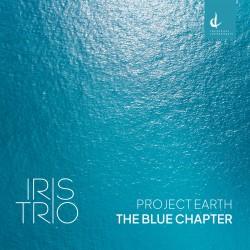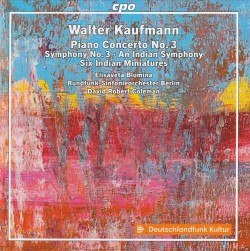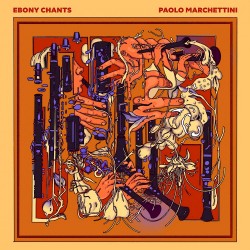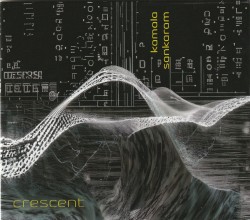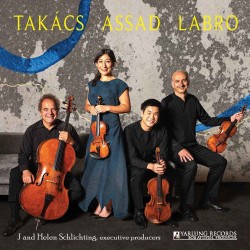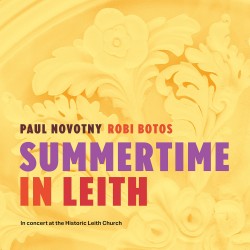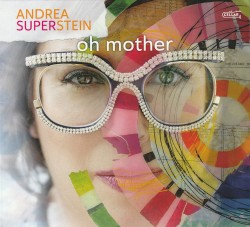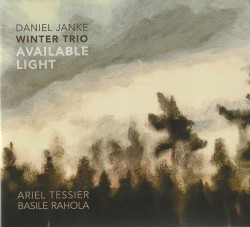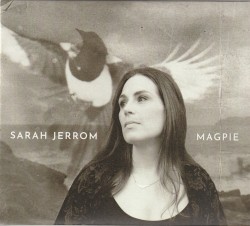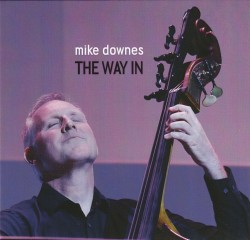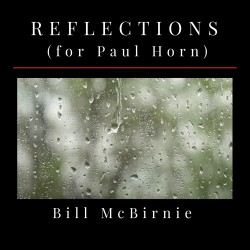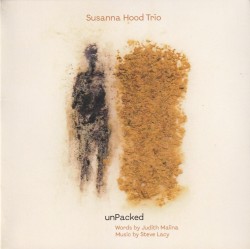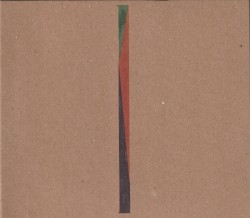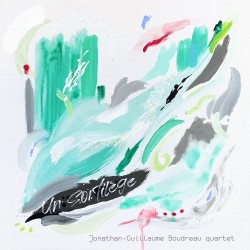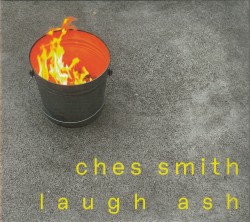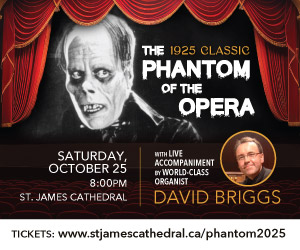Melia Watras: Play/Write - Melia Watras; Various Artists
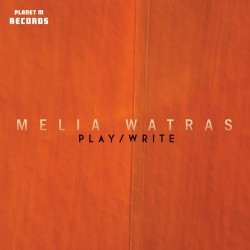 Melia Watras – Play/Write
Melia Watras – Play/Write
Melia Watras; Various Artists
Planet M Records PMR-005 (meliawatras.com/playwrite-album)
In the midst of contemporary classical music releases that tend to bank on a cerebral approach to music, here is an album that requires listening with one’s heart. Exploring the relationship between words and music, and close collaborations with composers, performers, writers and poets, Play / Write unfolds an exquisite world in which beauty and dreams flirt with sorrow. Compositions by Melia Watras (also a superb violist), Frances White and Leilehua Lanzilotti focus on strings and involve texts by Herbert Woodward Martin, James Pritchett, Luce Irigaray and Michael Jinsoo Lim (who also plays violin) forming a close bond between what is felt and what is just implied.
The album opens with Watras’ 5 Poems of Herbert Woodward Martin (for narrator, violin and viola). Watras has a particular knack for string writing, expertly using colours and timbres to create melodic and textural vignettes that underline the flow of Martin’s wonderful poetry, spoken theatrically and amusingly by Carrie Henneman Shaw. Performances by Watras and Lim are sensuous and beautiful, particularly in Frances White’s As night falls for violin, viola, narrator and electronic sounds. This poignant piece follows the memories of the female narrator (Sheila Daniels) as she lays on her deathbed. The boundaries between a dream world and reality are dissolved with a juxtaposition of the background and foreground sounds, that is so brilliant we feel intimately involved in its setting. The music adds a visceral dimension to the beautifully simple text by James Pritchett, with string segments going in and out, conversing or lamenting, and never letting go of the intensity of the experience. Lanzelotti’s to be two for violin and viola ends the album’s sonic journey in serene surrender.


